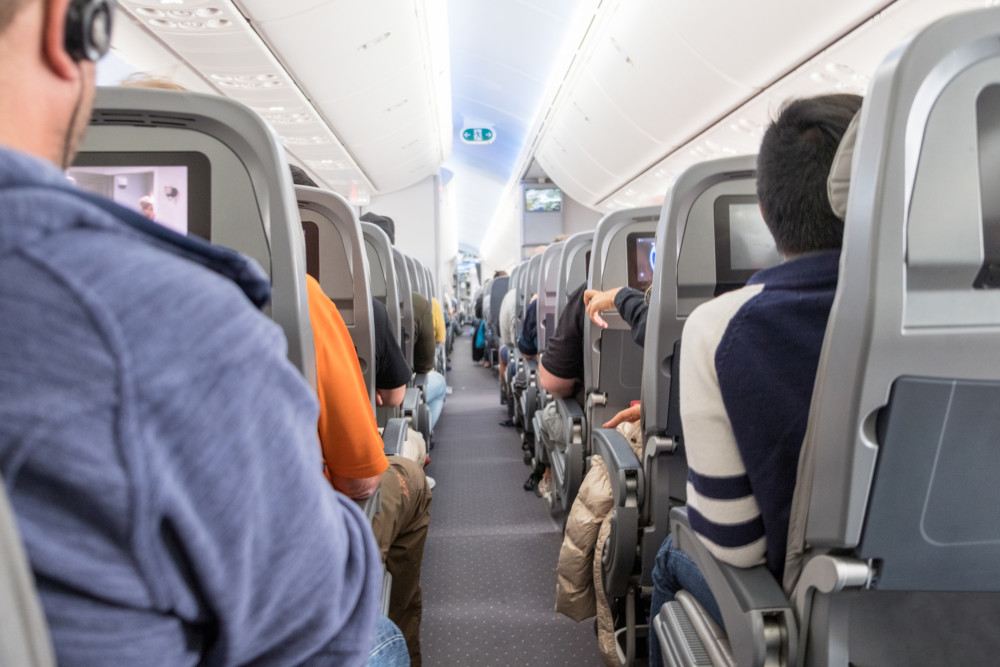By Vikki Ortiz
Chicago Tribune
WWR Article Summary (tl;dr) United airlines will buy 29 new regional aircraft, most of which will offer seats an inch wider, with economy seats also getting more legroom.
Chicago Tribune
With passengers on some United Airlines flights poised to get more seating room, health experts caution against shaming people for their size, as obesity continues to be chronic health condition for much of the U.S. population.
“While we’re … working on solving this crisis, we need to accommodate the people that are living with it every day and not discriminate and marginalize them,” said Wendy Scinta, president of the Obesity Medicine Association based in Denver.
Scinta, who leads the organization of physicians, nurse practitioners, physician assistants and other health care providers, praised United Airlines for its announcement this week that the company will buy 29 new regional aircraft, most of which will offer seats an inch wider, with economy seats also getting more legroom.
“It saddens me that we haven’t gotten our arms around this (obesity) epidemic yet,” Scinta said. “But on the other hand, it delights me that we are trying to avoid the fat shaming and bias that we see.”
In the U.S., 75 percent of adults and 35 percent of children are considered overweight. And while the U.S. has made progress in addressing obesity in recent years, it will require continual efforts, including educating the public, insisting on healthier products from manufacturers, and using a humane approach to acknowledging obesity, such as adapting seats for more space on airplanes _ to end the problem, Scinta said.
“They’re starting to have some compassion for the disease,” said Scinta, whose organization offers resources for addressing obesity on its website, www.obesitymedicine.org.
United Airlines isn’t the first transportation company to acknowledge Americans’ need for space.
Metra last year reported that when updating seats, it would widen aisles in response to complaints that they were too narrow, according to its website. Seats on CTA buses and trains range between 17 and 18 inches wide, a large space that has become standard across the transit industry, according to CTA spokesman Jon Kaplan.
The U.S. had the highest obesity rate in the world in 2017, according to Michele Cecchini, head of public health for the Organization for Economic Cooperation and Development, a global nonprofit that has compiled reports on worldwide obesity since the 1970s.
Americans have led the world in obesity since the study began, a distinction attributed to factors including higher caloric intake, lower rates of exercise and more frequent driving, said Cecchini, whose organization works to promote policies that improve the economic and social well-being of people around the world.
Cecchini said larger seats demonstrate how varied the costs are of obesity.
Not only is being overweight a risk to a person’s well-being and a strain on the health care system, it trickles down to private businesses, such as airlines, which invest in new equipment and pass along the expense to consumers, Cecchini said.
Cecchini said his organization’s research has identified several ways to address the obesity problem, from reformulating foods for more nutritional content to less confusing package labeling, which would allow more people to make healthier choices quickly.
“There are other lessons that the U.S. can learn from other countries,” he said.














































































































































































































































































































































































